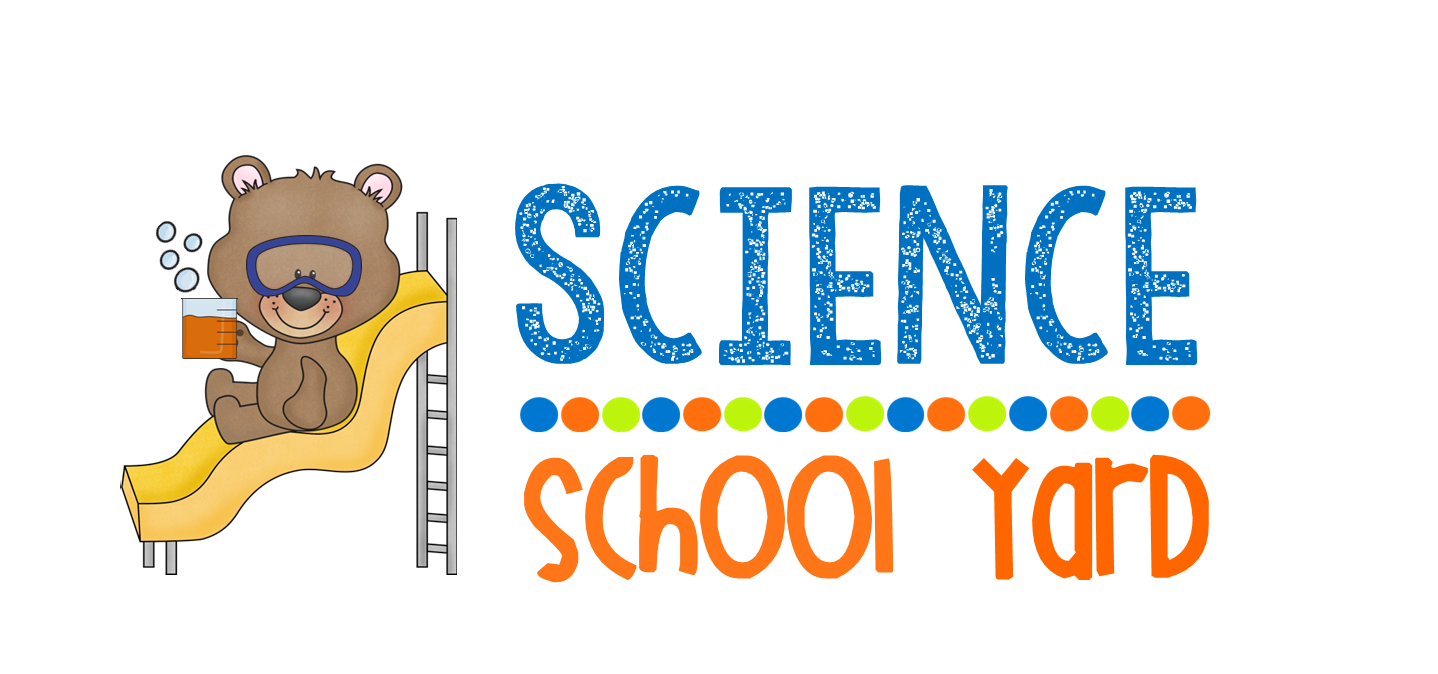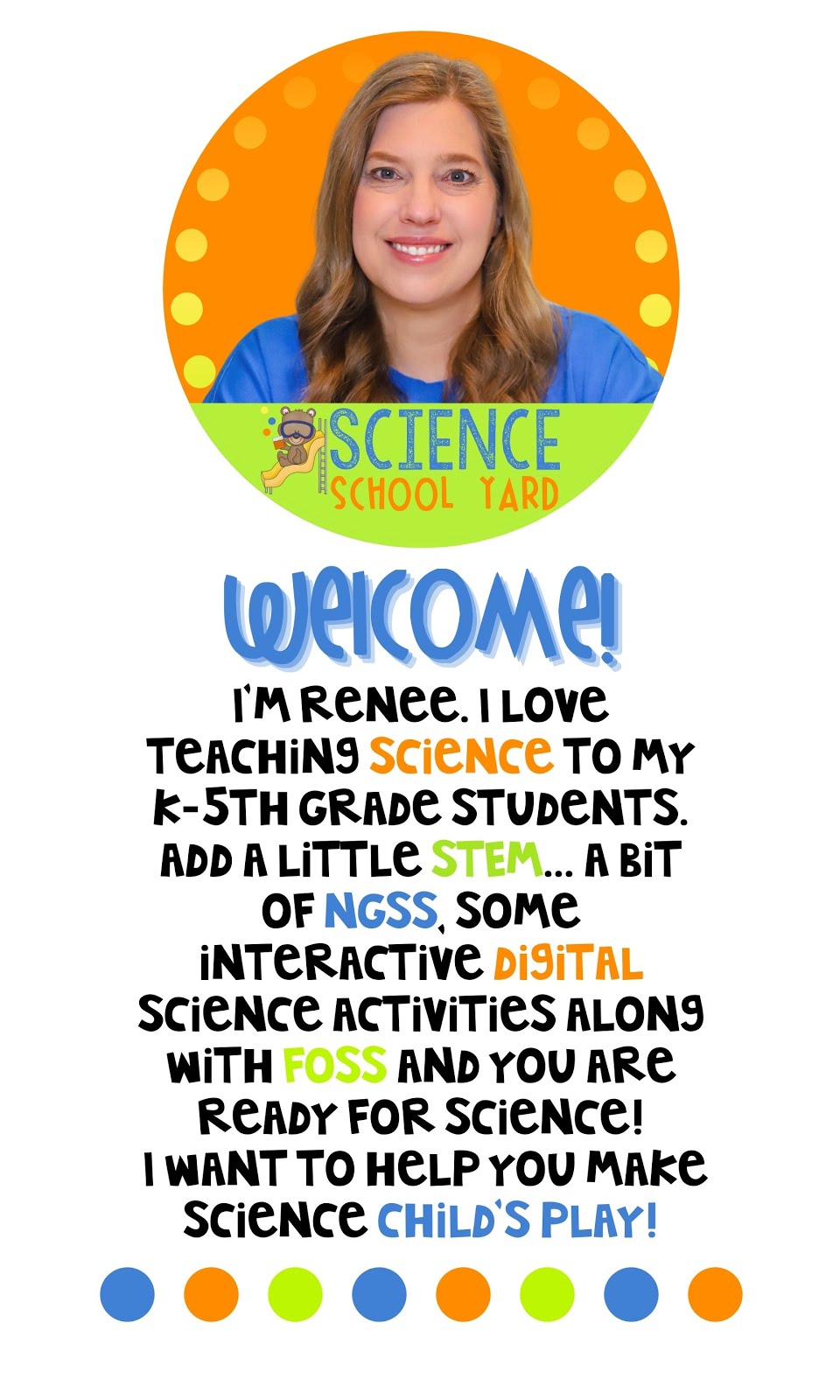Going back to school is an exciting time for teachers and students. During the summer, teachers like myself, often take classes or research new ideas. At the end of the year, last year, our Library and Media Specialist and I started diving into the idea of having a Maker Space in the library or in my new science room (I have been in the teacher's lounge for three years).
So...this summer...I have had time to develop a Maker Space Area (it is in the making...our school is getting added on to and getting into our building is a bit hard...) I did not do this alone however...Brooke Brown from Out of the Box and Wendy and Cheryl at Get Caught Engineering have been so helpful! I am also so excited that I met a wonderful Father/Daughter duo from Brain Brigade! They have wonderful resources and ideas for what a Maker Space to them was all about! Here is what I learned and developed for my upcoming Maker Space Area in my Science Classroom...
What
is a Maker Space?
A maker space is a common area within a
classroom or media space where children are able to engineer, explore, tinker,
and discover through creative building opportunities.
It is a DIY space where children can
gather to create… learn…explore…and invent!
This space may include apps, software, tools and craft supplies found in
your art cabinet, recycle bin, or by donations. Maker spaces can include 3-D
Printers, Lego sets, K’nex,
blocks…however a maker space does not need expensive items to be a place to
create.
Where Do I Put a Maker
Space?
Your maker space can be on a book shelf
loaded with craft and art supplies, on an open shelf with labeled bins, or a
dedicated open area in your classroom. Whether you let students create in a
whole group method, task card or station method, or when students have extra
time and want to explore…a maker space will allow students to thrive as they
find their inner engineer, designer, artist…the sky is the limit!
Suggested Materials: (free,
cheap, and expensive)
Paper, foil, egg cartons, dowels,
pompoms, legos, Keva
blocks, Jenga blocks, tools, glue, cotton balls,
cardboard pieces, cups, yarn, tape, scissors, pipe cleaners, toilet paper rolls,
ipads,
plastic utensils, paper/styrofoam
plates, straws, popsicle sticks, index cards, k’nex, assorted blocks, baggies, empty plastic
containers, paper clips, binder clips, empty milk containers, empty water
bottles, wheels, fabric and ribbons, card stock, rulers, plastic wrap, bubble
wrap, Snap Circuits, magnets, Makey Makey, LED
lights, batteries, Goldiblocks
sets, Scratch, Qubits, Dot and Dash,
Playdough and Squishy Circuits…Just to name a few. Use what you can get and what is
affordable to you.
Here is what I made to help my after school Maker Space Classes that will start up in late September. I will be co-teaching this with my wonderful media specialist!
STEM/Maker Space Task Cards:
There
are a lot of very effective and engaging ways to use these task cards.
You
can use these cards for whole group as an introduction to your new unit or at
the end for an exit ticket. You can use them in a center as students finish
their work or even in small differentiated groups as you work with them or they
can work with them independently.
Task
Card Differentiation Approach:
Students
that need help can work with you in a small group with the record sheet so that
they get your guidance or prompting. If this group needs help you are there to
guide them.
Another
group can be given the exact supplies that you would like them to use so that
they are guided by you just a little bit. The students in this group will be
completing their sheet as a group or independently. If they have questions the
group members can problem solve together.
Your
independent group will not only work in a small group, they will use the
materials in your STEM Store or Maker Space to develop their own plan to create
the end product. They can use the record sheet or by using the scientific
process they can also create their own record sheet.
In
any case, all students will share out at the end of the time. Discussing
modifications, how it works, and giving compliments, and suggestions.
Done
Early Station/Center Approach:
Sometimes
my students are done early. We have all been there. What a great way to help
students use inquiry based science strategies and their creativity to use their
time wisely. It keeps them engaged
instead of wasting valuable
learning
time.
To
use this as a center/station, students can come to a designated spot in the
classroom
where the task cards are located. The supplies needed can be
laid
out or placed in labeled buckets and the students can choose what materials
they would like to use. I often set aside numbered boxes for the supplies they
start to use and if they don’t finish in the given time, they can always come
back to it. In this way, what they are working on is valued.
I
also place a generic record sheet for them to use. (included in this pack.)
Task
Card Set Up:
I
cut down the middle and hole punch the corner, connecting them with a
ring.
You can also put them separately in a bucket or hung up on a board.
If you are interested in starting your own Maker Space in your classroom...keep following along as I continue to create my Maker Space. Until then...here are the bulletin board letters and labels for you to have! Maker Space Freebie!
And don't forget the Teacher Pay Teacher Sale on Monday and Tuesday where everything in my store will be 28% off including the Maker Space Task Cards! Stop by my store to start your Wish List!





































